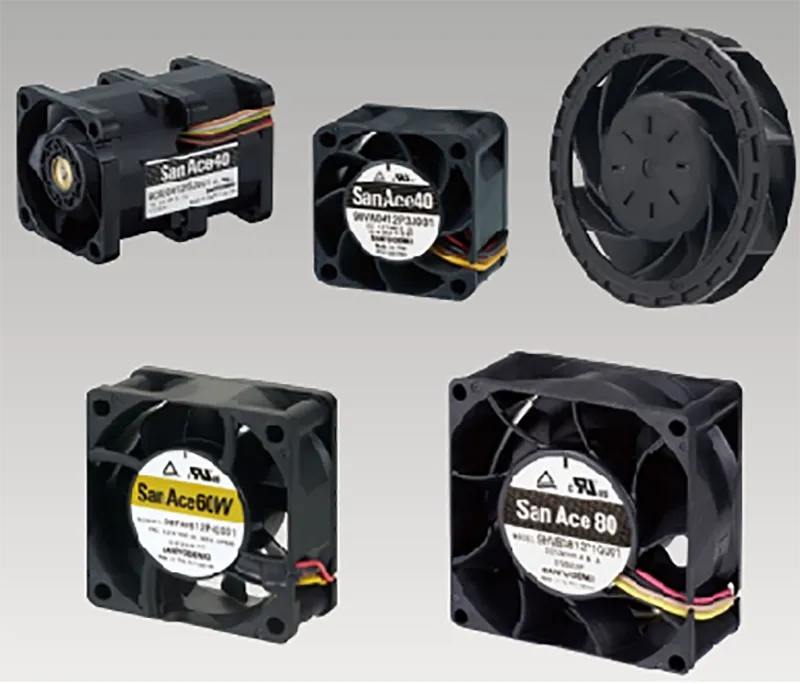
Are rising temperatures in your equipment causing concern? Does the balancing act between high performance and power conservation feel like a constant struggle? Is there an approach that can enhance your system’s performance while improving its energy efficiency?
The answer lies in liquid cold plates, an essential element in modern thermal management solutions. By providing efficient cooling, liquid cold plates enhance the energy efficiency of your system, thereby minimizing power consumption and improving overall performance.
Curious to learn more? Let’s delve deeper into how liquid cold plates can revolutionize your system’s energy efficiency.
The Functioning of Liquid Cold Plates
Liquid cold plates function by efficiently absorbing heat from the device, which could range from semiconductors to power electronics and high-performance computing systems. They then disperse this heat to a secondary medium, usually a liquid coolant. This liquid-based cooling method significantly outperforms traditional air cooling in terms of heat removal efficiency.
By enabling highly efficient heat transfer, liquid cold plates facilitate lower operating temperatures for your device. This decrease in temperature results in reduced power consumption, which subsequently leads to heightened energy efficiency. But what is the correlation between temperature and power consumption?
The Temperature-Power Consumption Relationship
The operating temperature of a device is intrinsically linked to its power consumption. To illustrate, the power demand of a high-performance computing system escalates exponentially with an increase in temperature. Consequently, higher energy consumption and reduced system efficiency are common issues.
Liquid cold plates, by maintaining lower operating temperatures, help mitigate this power demand, leading to optimized power usage and a decrease in energy consumption.
Are All Liquid Cold Plates Equally Effective?
While all liquid cold plates provide superior cooling compared to air cooling systems, the level of efficiency may vary. This variation arises from factors like the cold plate’s design, its material, and the manufacturing method.
For instance, liquid cold plates made from copper, due to its higher thermal conductivity, provide superior heat transfer efficiency compared to those made from aluminum. Moreover, cold plates manufactured using Friction Stir Welding (FSW) or brazing processes ensure higher heat transfer efficiency compared to other manufacturing methods.
Liquid Cold Plates and the Green Revolution
As the world is pushing towards sustainable energy use, energy efficiency has become a pivotal factor in all sectors, including electronics. Liquid cold plates, with their energy-efficient cooling solutions, are therefore becoming instrumental in this green revolution.
By offering superior cooling and improving energy efficiency, liquid cold plates reduce the carbon footprint of various systems, making them more environmentally friendly. Thus, the adoption of liquid cold plates aligns with global efforts towards creating greener and more sustainable technological solutions.

How Can Your Application Benefit from Liquid Cold Plates?
Effective thermal management with liquid cold plates can yield several benefits for your application. Besides the direct impact on energy efficiency, maintaining a lower operating temperature also extends your device’s lifespan, enhances its reliability, and optimizes performance.
Lower temperatures, maintained by liquid cold plates, prevent thermal-related failures, thus improving the reliability and lifespan of your device. Additionally, many devices demonstrate optimal performance within specific temperature ranges, achievable through effective cooling.
Real-world Applications
To understand the tangible impacts of liquid cold plates on energy efficiency, let’s look at some real-world applications. High-performance computers, electric vehicles, and laser systems, all use liquid cold plates to manage heat while optimizing energy use.
For instance, in electric vehicles, efficient thermal management is crucial for the performance and lifespan of the battery. Liquid cold plates, by effectively dissipating heat from the battery, not only improve its performance but also reduce energy consumption, thus enhancing the vehicle’s overall energy efficiency.
High-performance computing systems such as servers and data centers, generate vast amounts of heat. If not properly managed, this heat can lead to decreased system performance and even system failure. Liquid cold plates play a crucial role here, providing efficient cooling that allows these systems to function at optimal levels while minimizing energy consumption.
Similarly, laser systems generate substantial heat, especially in medical and industrial applications. This heat can interfere with the laser’s precision and stability. Liquid cold plates offer a solution, ensuring effective heat dissipation while optimizing energy use for improved overall performance.
Understanding the Impact: A Cost Perspective
Enhancing energy efficiency does more than just reduce power consumption and improve performance; it also results in significant cost savings. The financial impact of improving energy efficiency can be monumental, particularly in industries where systems are running continuously, such as data centers or electric vehicles.
Over time, the savings generated by reduced power consumption can offset the initial investment in high-quality liquid cold plates. So, while liquid cold plates may have higher upfront costs compared to traditional air cooling solutions, the long-term savings and performance enhancements they bring can justify the investment.
Making the Switch: How to Transition to Liquid Cold Plates?
If you’re considering a transition from traditional cooling solutions to liquid cold plates, it’s crucial to plan the switch carefully. This involves understanding the specific thermal management needs of your application, evaluating different types of liquid cold plates, and choosing the one that best meets your requirements.
Several companies, such as Kenfatech, offer a range of liquid cold plates, including FSW, brazing, extrusion, and copper tube designs. These companies also provide technical support to help you choose the right product and ensure its successful integration into your system.
Conclusion
Liquid cold plates, with their superior heat transfer efficiency, have revolutionized thermal management in various applications, driving enhanced energy efficiency and performance. While making the transition may require careful planning and consideration, the long-term benefits in terms of energy savings, improved performance, and increased equipment lifespan make it a worthy investment. Remember, effective thermal management is not just about keeping systems cool; it’s about leveraging that cooling for enhanced energy efficiency and overall system optimization.



